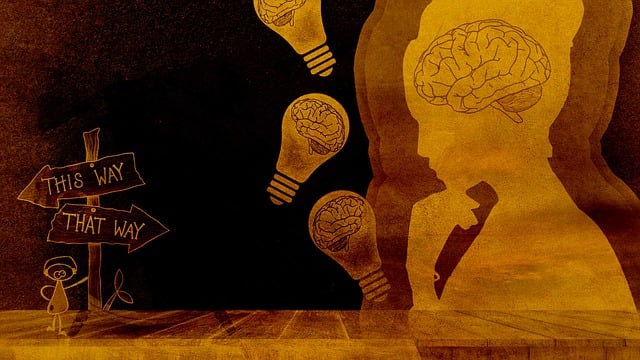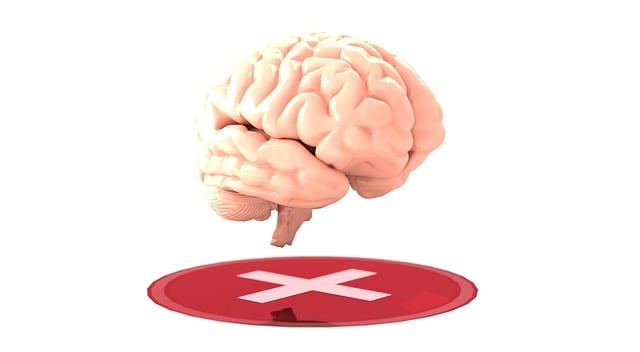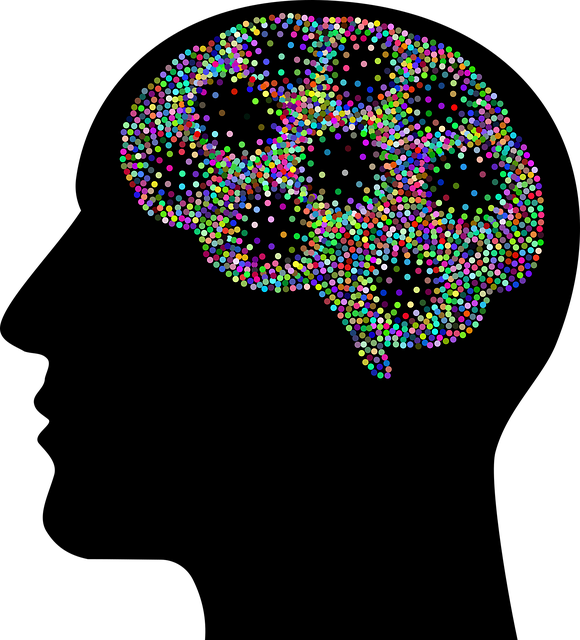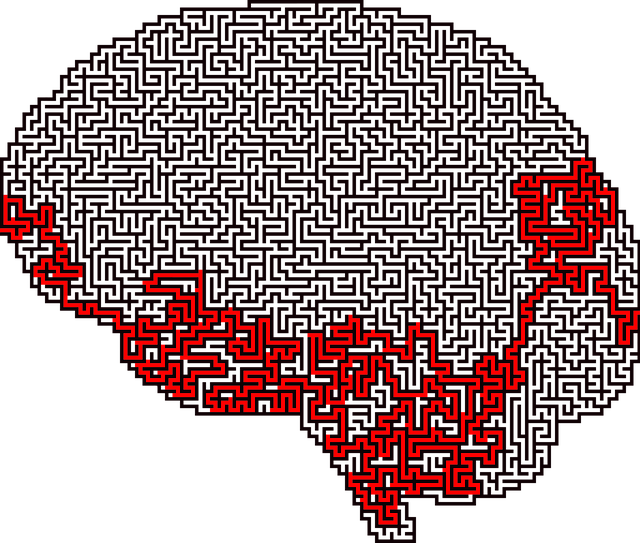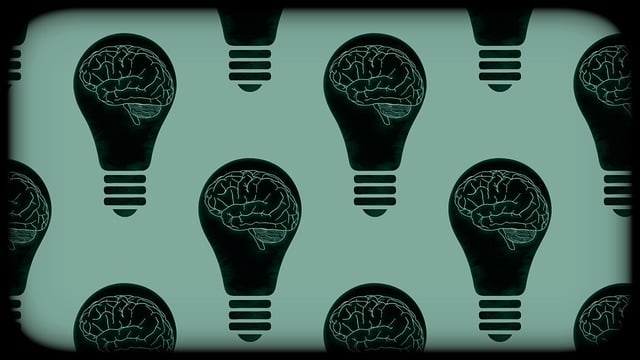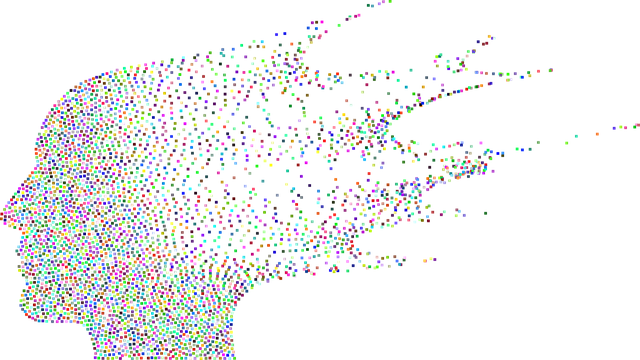Risk assessment and harm minimization planning are essential components of safe, effective therapy for young children. Therapists-clinicians prioritize client and practitioner protection while fostering mental health development through holistic approaches, including compassion cultivation, effective communication, and informed consent. Tailored interventions, community outreach, and progress reviews support resilience and long-term wellness. Implementing evidence-based practices like play therapy and cognitive behavioral therapy (CBT) strengthens the therapist-child bond and ensures personalized, successful therapy journeys for young children's mental health.
Risk assessment and harm minimization planning are essential components of safe and effective therapy practices, particularly in therapy for young children. This article explores two critical aspects for therapists and clinicians: understanding risk assessment as a cornerstone for ensuring client safety, and implementing evidence-based approaches to enhance therapist-child dynamics. By delving into these strategies, therapists can foster resilient clients and provide the best care possible.
- Understanding Risk Assessment: A Cornerstone for Safe Therapy Practices
- Harm Minimization Planning: Strategies for Clinicians to Foster Resilient Clients
- Implementing Evidence-Based Approaches: Enhancing Therapist-Child Dynamics
Understanding Risk Assessment: A Cornerstone for Safe Therapy Practices

Risk assessment is a foundational aspect of safe and effective therapy practices, especially in the context of therapy for young children. It involves meticulously evaluating potential risks and hazards within the therapeutic environment to protect both clients and practitioners. By systematically identifying, analyzing, and mitigating risks, therapists can foster a secure space that promotes mental health and development. This process is not merely compliance with mental health policy analysis and advocacy guidelines; it’s a compassionate approach that ensures the best possible outcomes for young minds.
For therapists-clinicians, understanding risk assessment is crucial to delivering high-quality care. It involves considering various factors, such as the physical space, materials used, therapeutic activities, and even the emotional well-being of the child. Incorporating compassion cultivation practices into this framework can enhance the therapeutic experience, enabling therapists to connect more deeply with their young clients while minimizing potential harms. This holistic approach, combined with effective communication and informed consent, forms the backbone of responsible and compassionate therapy for children.
Harm Minimization Planning: Strategies for Clinicians to Foster Resilient Clients

Harm Minimization Planning is a crucial strategy for therapists and clinicians working with young children to foster resilience and promote mental wellness. By implementing this approach, therapists can help clients develop inner strength and coping mechanisms that will serve them well throughout their lives. This involves creating tailored interventions and support systems that aim to minimize potential harm while empowering individuals to navigate challenges. For example, therapists might design specific activities or programs within therapy sessions, such as community outreach initiatives, to enhance social connections and build a supportive network around the child.
In the context of young children’s therapy, Harm Minimization Planning requires clinicians to consider both short-term and long-term goals. It involves assessing risk factors unique to each client, designing interventions that address these risks, and regularly reviewing progress. Therapists play a vital role in educating families and caregivers about potential triggers and healthy coping strategies, ensuring everyone involved is equipped to support the child’s mental wellness. This holistic approach not only minimizes harm but also fosters an environment where children can thrive and develop resilience.
Implementing Evidence-Based Approaches: Enhancing Therapist-Child Dynamics

Implementing evidence-based approaches is paramount in therapy for young children to foster a secure and positive therapist-child dynamic. By integrating practices backed by research, therapists can create a safe, supportive environment that encourages exploration and growth. This involves utilizing strategies such as play therapy, cognitive behavioral therapy (CBT), and mindfulness meditation, which have proven effective in managing childhood anxiety relief and emotional well-being.
In the context of risk management planning for mental health professionals, these evidence-based methods not only enhance therapeutic outcomes but also mitigate potential harms. Therapists-clinicians who stay abreast of the latest research can tailor their practices to meet each child’s unique needs, ensuring a more personalized and successful therapy journey. This approach ultimately strengthens the therapist-child bond, fostering trust and encouraging open communication—essential elements for effective mental health support in young children.
Risk assessment and harm minimization planning are essential components of safe therapy practices, particularly in therapy for young children. By understanding risk assessment as a cornerstone and implementing evidence-based approaches, therapists can enhance the therapist-child dynamic and foster resilient clients. These strategies not only protect vulnerable individuals but also revolutionize therapy for young children by ensuring more effective and secure treatment outcomes. For clinicians, embracing these techniques is a game-changer, enabling them to deliver high-quality care in today’s digital era.

